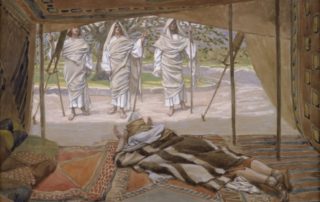What is a Soul? III. The Many Souls of Man
…[H]e who tries to cure the soul, wishing to improve the moral qualities, must have a knowledge of the soul in its totality and its parts…Maimonides[1] Maimonides opens his introduction to The Ethics of the Fathers with this statement: Know that the human soul is one, but that it has many diversified activities. Some of these activities have, indeed, been called souls, which has given rise to the opinion that man has many souls, as was the belief of the physicians, with the result that the most distinguished of them states in the introduction of his book that there are three souls, the physical, the vital, and the psychical.[2] While Maimonides lists three souls—the physical (tiv’it), the vital (chiyunit), and the psychical (nefoshit)—he believes them to be aspects of one soul—“Know that [...]



